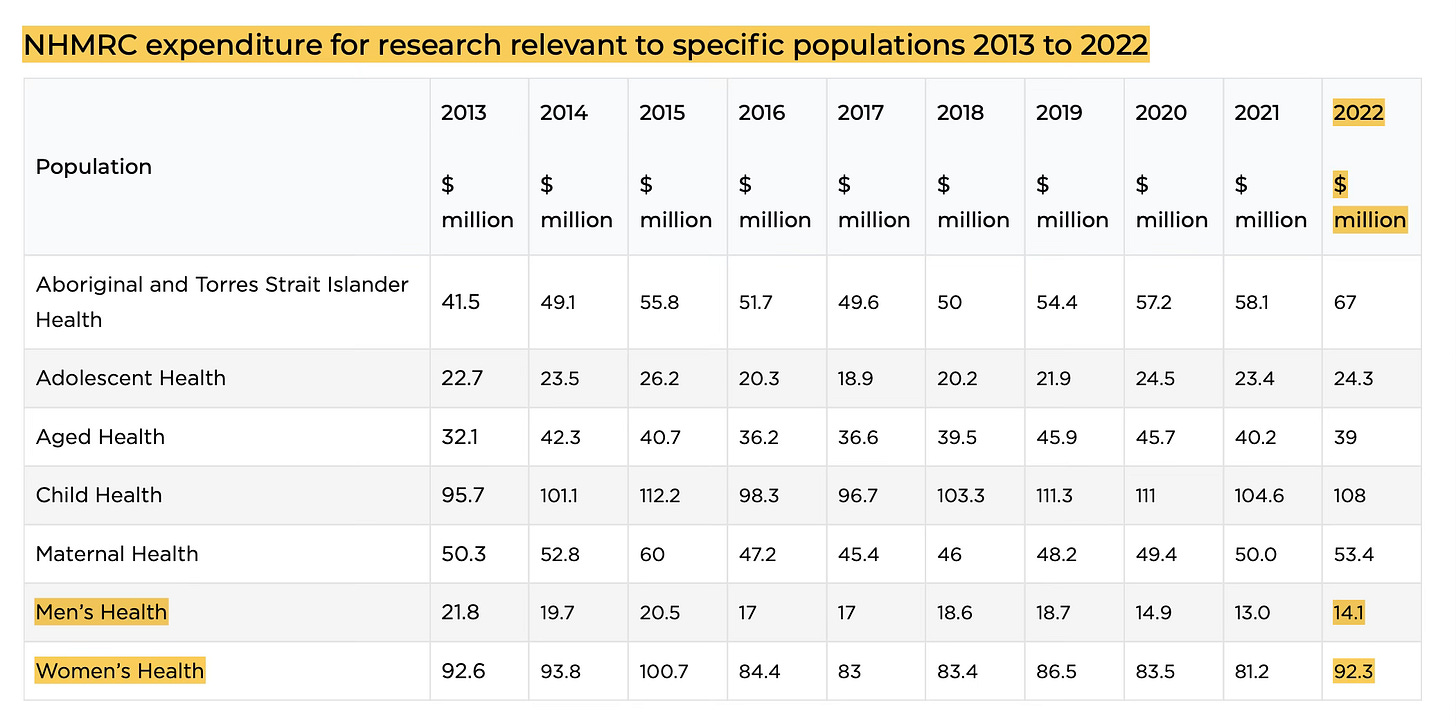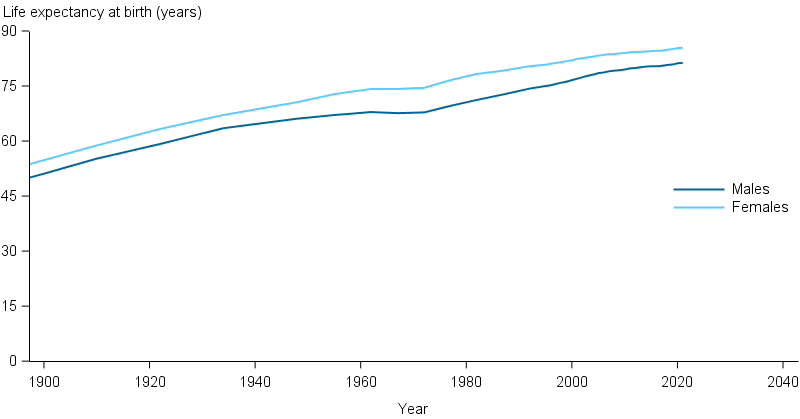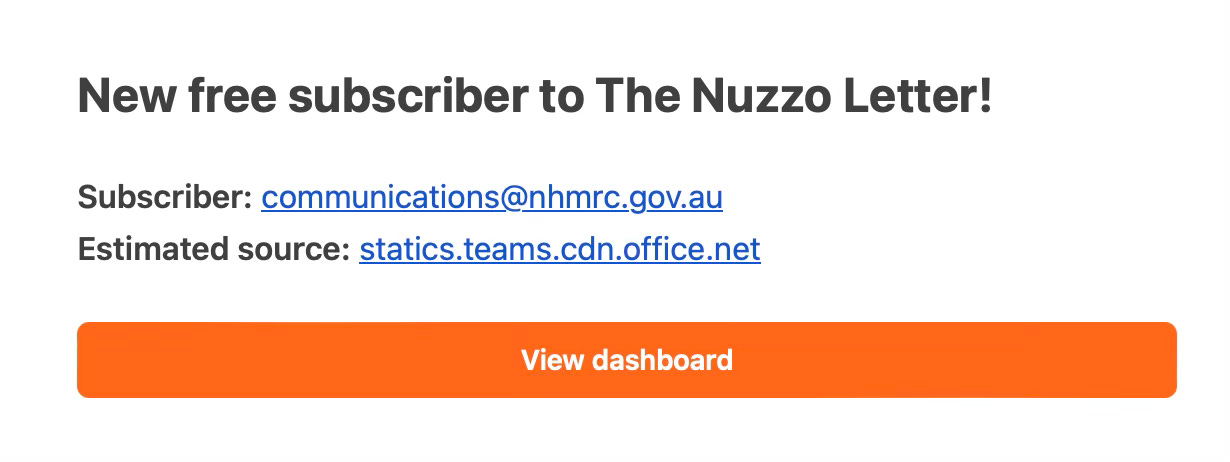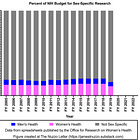
In 2022, American astrophysicist Lawrence Krauss brought international attention to Australia’s National Health and Medical Research Council (NHMRC) by writing an essay in Quillette about the bias against men within the agency. The NHMRC resides within the Australian federal government and is tasked with funding much of the country’s health and medical research. Krauss’ criticism of the agency centred around a new policy that was informed by their Gender Equality Strategy and designed to “address systematic disadvantage faced by female and non-binary applicants to its Investigator Grant scheme.” The NHMRC’s policy is a gender quota system, which was established because applications for Investigator Grants submitted by men were more likely to be funded by the agency than applications submitted by women. The point of Krauss’ essay was to highlight the extent to which such gender quotas discriminate against men.
Last week, I stumbled across another example of anti-male bias within the NHMRC. This time, the bias was not in regard to the sex of the researcher receiving funds. Instead, the bias was related to Australian demographic groups who are intended to be the beneficiaries of funded research. This information was made available by the NHMRC in a table that they published on their website. The table listed how many millions of taxpayer dollars the agency distributed from 2013 to 2022 for research on Aboriginal and Torres Strait Islander health, child health, adolescent health, older adult health, maternal health, men’s health, and women’s health. Here, my purpose is to highlight the substantial difference in funds allocated for research on men’s and women’s health.
According to the NHMRC, in 2022, $92.3 million Australian dollars were allocated to research on women’s health. By comparison, in that same year, $14.1 million dollars were allocated to research on men’s health. Over the 10-year period presented in the table, the funds allocated to women’s health research ranged from $81 to $100 million dollars per year, with a yearly average of 88.1 million dollars. For men’s health, the funds ranged from $13 to $21 million dollars per year, with a yearly average of $17.5 million dollars. When the funds from 2013 to 2022 were summed, women’s health received $970 million dollars compared to $193 million dollars for men’s health.
The NHMRC also reports that it has allocated around $50 million dollars per year in the area of maternal health. On the website, the NHMRC does not specify if the funds allocated for maternal health make up part of the total for funds allocated to women’s health. Nevertheless, if funds listed for maternal health are subtracted from funds listed for women’s health, the remaining value, about $40 million per year, is still double that of the funds allocated for men’s health.
Also, no category for paternal health is presented in the NHMRC’s table, which implies few funds from the agency have been allocated to the study of fatherhood and health. Such research might, for example, examine the impact that fathers have on child health and the impact that children have on fathers’ health. I do not necessarily believe that equal funds should be spent on maternal and paternal health, given that the woman carries the fetus inside her body for many months and then breastfeeds the baby after birth. Nevertheless, the fact that there is no category for paternal health is troubling. It represents a lack of understanding of the importance of a father in a child’s development, a lack of interest in exploring how children impact a man’s life, and how fathers who are engaged with their children are important for society more broadly. And all of this signals back to boys, young men, and older men that their roles in developing healthy offspring are not particularly important. Yet, we know fathers are immensely important, as a substantial body of research has shown that kids raised in single-parent homes have significantly worse behavioural and health outcomes than kids raised in homes with both biological parents present. This research has been summarized in David Popenoe’s book, Life Without Father.
Another reason that the NHMRC’s disproportionate interest in women’s than men’s health is concerning is that men have worse outcomes than women for numerous health issues, culminating in shorter life expectancy among males than females in every country in the world. In Australia, the life expectancy difference is 4 years – 81.3 years for males and 85.4 years for females (figure below).
Some of the causes of earlier death among males than females include suicide, deaths from occupational and motor vehicle accidents, deaths from various types of cancer, deaths from cardiovascular disease, rates of substance use, and much more. Thus, not only is the NHMRC investing less money into men’s than women’s health, but this is occurring over a backdrop of shorter life expectancy among males than females. And imagine for a moment if these data were reversed. Imagine if it were women who were dying four years earlier than men from the various causes that I just listed. There would be national outrage. A day of observation for women would be declared, and numerous offices and committees would be established to promote awareness of and resolve women’s health issues.
Thus, when it comes to the aim of equity advocates, who seek to create equal health and life outcomes between different demographic groups, their interests and sympathies never seem to extend to men, because if they did, they would acknowledge the life expectancy difference and advocate for action to try to minimize the difference. The fact that equity advocates do not do this reflects either cognitive bias or intellectual and moral bankruptcy.
Some individuals might claim that the greater funds allocated for research on women’s than men’s health is incidental. For example, someone might say that the NHMRC is simply funding the projects that are put forward to them and that incidentally these projects just happen to be more focused on women than men. However, such rationale is untenable because it is the NHMRC who sets the research agenda for the country. It is the NHMRC who puts out calls for grant applications on specific research topics. Researchers then respond to these calls.
Thus, the NHMRC is perhaps the single most important structural factor that can change the proportion of research funds that are allocated to research on men’s and women’s health. As their own data show, they have known of the unequal amounts of NHMRC funds allocated to men’s and women’s health since at least 2013 (and likely much earlier than that). At any time, the NMHRC could change this by prioritizing men’s health in their research agenda and making calls for research projects to help better understand and treat men’s health issues. And perhaps the NHMRC is beginning to listen.
On October 9th of this year, I was pleasantly surprised to receive notification of a new subscriber to The Nuzzo Letter. The new subscriber was neither an exercise physiologist, an objectivist, a men’s health advocate, nor an anonymous casual reader. Instead, the subscriber was an agency within the Australian government. And with that said, I would like to end this post by welcoming the NHMRC’s communications staff to The Nuzzo Letter. Welcome!
I hope you find the content interesting and informative. I hope you will comment on posts and engage with other subscribers. And who knows, maybe you will give me some of my taxes back by donating to The Nuzzo Letter. Or, alternatively, you could keep your donation and invest it into research on men’s health.
Related Content at The Nuzzo Letter
SUPPORT THE NUZZO LETTER
If you appreciated this content, and understand that it is very unlikely that the NHMRC will donate to The Nuzzo Letter, perhaps you could consider supporting The Nuzzo Letter with a one-time or recurring donation. Your support would be greatly appreciated. It would help me to continue to work on independent research projects and fight for more evidence-based discourse. To donate, click the DonorBox logo. In two simple steps, you can donate using ApplePay, PayPal, or another service. Thank you.




















Share this post